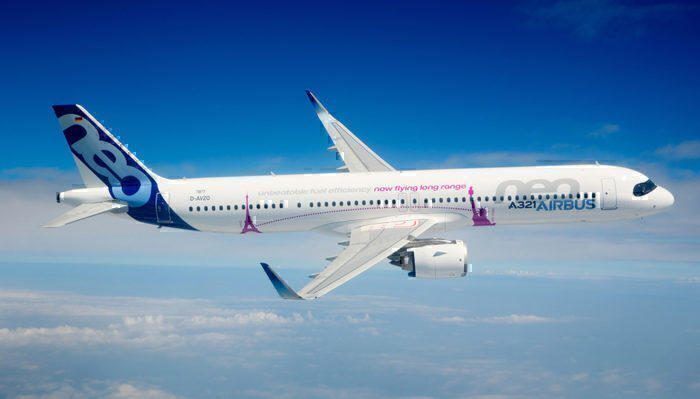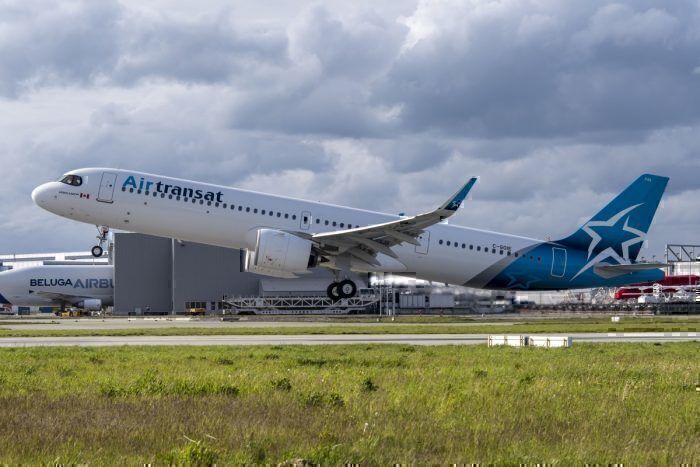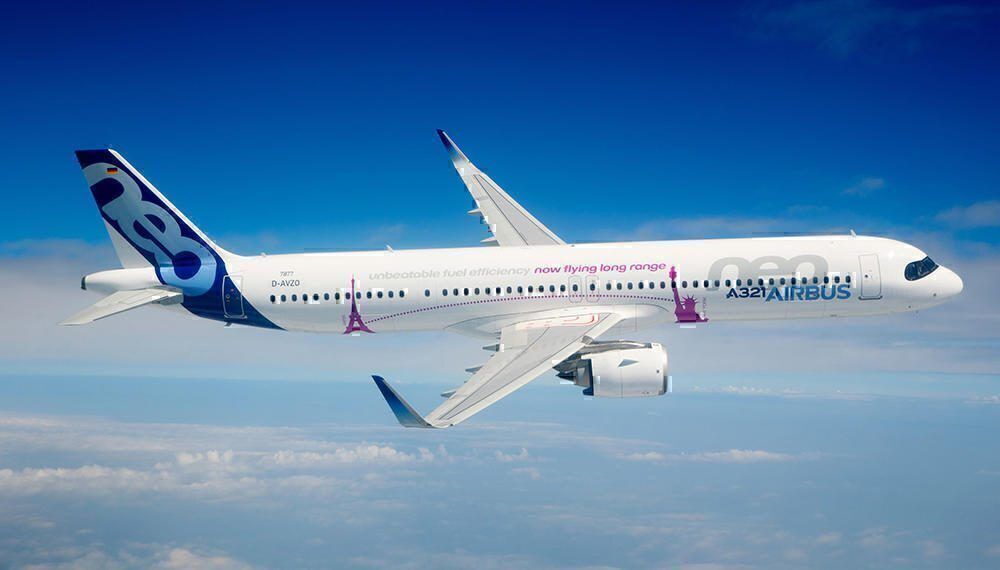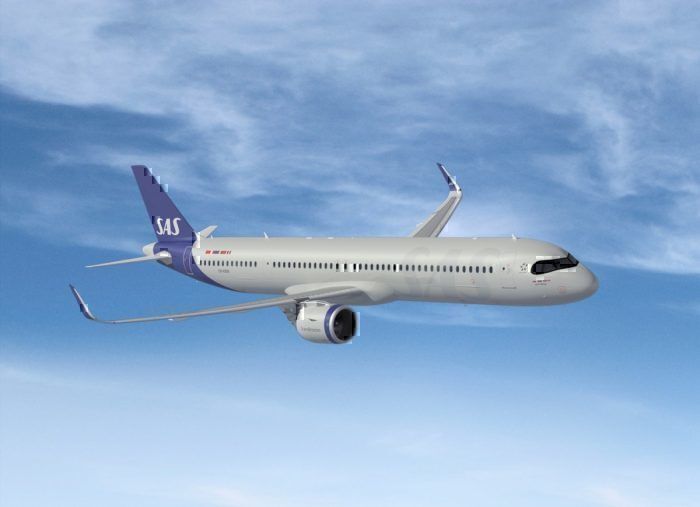It's been just over two years since the A321LR took its maiden flight. This particular model is an evolution of the A321neo - which of course is the result of several evolutions of the popular A320. The LR in this variant's name stands for "long range". This is due to the additional 15% range offered above the standard neo variant. So why did Airbus build the A321LR?
 Speaking with Apex, Cyril de Tenorio, product marketing manager for the single-aisle family at Airbus said, “The A321LR is an evolution of a very successful product, the A321. It’s a fantastic platform that historically has been appreciated for having the biggest single-aisle cabin available on the market, especially after the retirement of the Boeing 757. Historically, the A321 was fantastic on routes typically linking two big hubs. With the introduction of the new-generation engines, the fuel efficiency really opened a lot of opportunities to do new things with this aircraft.”
Speaking with Apex, Cyril de Tenorio, product marketing manager for the single-aisle family at Airbus said, “The A321LR is an evolution of a very successful product, the A321. It’s a fantastic platform that historically has been appreciated for having the biggest single-aisle cabin available on the market, especially after the retirement of the Boeing 757. Historically, the A321 was fantastic on routes typically linking two big hubs. With the introduction of the new-generation engines, the fuel efficiency really opened a lot of opportunities to do new things with this aircraft.”
Building on the popularity of "long-and-skinny" routes
After the unanticipated blunder that was the Airbus A380, and seeing the popularity of the Boeing 787, Airbus re-focused its efforts on easier-to-fill, long-range aircraft. This was especially timely given that many airlines have Boeing 757s that are nearing retirement. With changes in ETOPS (extended-range twin-engine operations) rules, the Boeing 757 was increasingly being used for long-haul, transatlantic flights connecting two cities with relatively low demand. Today we can see this with routes like Philadelphia-Edinburgh or Portland (Oregon)-Reykjavik."The jetliner is ideally suited to transatlantic routes, allowing airlines to tap into new long-haul markets that were not previously accessible with current single-aisle aircraft." -Airbus websiteHere Airbus saw an opportunity to further develop its A321neo into a middle-of-the-market aircraft. One that could go the distance without needing to fill over 250 seats.

The right platform to minimize development costs
Another lesson learned from previous development experiences was that stretches seem to be more popular than shrunken variants of their aircraft. This is most exemplified with the flop of the Airbus A318 "baby bus".Airbus has already seen massive popularity with the A320 family of aircraft and its overwhelming level of commonality. The manufacturer saw this and kept going, using the A321 platform to create something newer and better. The LR gets its extra range from extra fuel in three Additional Centre Tanks (ACTs).
Despite the improvements, airlines could save big by avoiding pilot re-certification and training with the A321LR's commonalities with the rest of its family. This would not be the case had Airbus decided to go with a clean-sheet design as is expected for the Boeing NMA/797.
Conclusion
In conclusion, we can see that Airbus' main reason for developing the A321LR was to fill the void left by the Boeing 757 and the demand for middle-market jets. The setting was perfect for Airbus to save on costs by using an existing platform that was already incredibly popular with airlines around the world.
Building on the success of the A321LR, we'll soon see the A321XLR take to the skies and achieve potentially greater levels of success.
Is there anything we missed in this article about the development of the A321LR? Why do you think it was built? Let us know in the comments.


